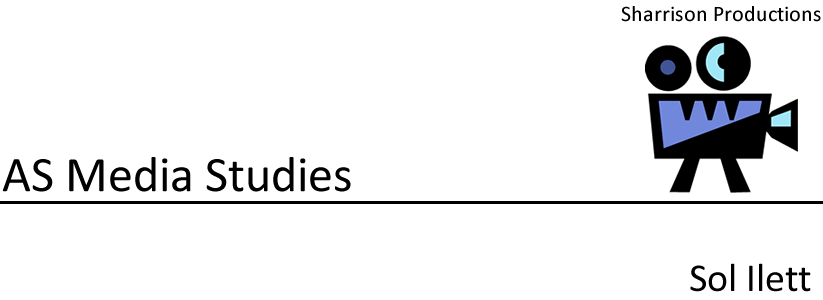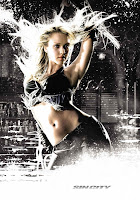After months of repeatedly changing our movie idea trying to think of the perfect one we feel we have finally got it. A teenage drama called Out of Sight about a teenage lad trying to make it in the rap world against all odds.
We presented our idea to other media groups and some peers in our school compared to all our other ideas we have made. They all stressed that they believe this is our best idea and we should go for this. From their encouragement and a small meeting our group had to talk about our movie options we decided to go for Out of Sight.
On Friday afternoon we had a meeting with Mr DeVita our teacher to see our progress so far and to see us progress further. He was happy with our organiastion and what we have done so far but to improve he told us to explain what we wrote and why we wrote it. Taking on board what he has said we have done all of that today.
We presented our idea to other media groups and some peers in our school compared to all our other ideas we have made. They all stressed that they believe this is our best idea and we should go for this. From their encouragement and a small meeting our group had to talk about our movie options we decided to go for Out of Sight.
On Friday afternoon we had a meeting with Mr DeVita our teacher to see our progress so far and to see us progress further. He was happy with our organiastion and what we have done so far but to improve he told us to explain what we wrote and why we wrote it. Taking on board what he has said we have done all of that today.









